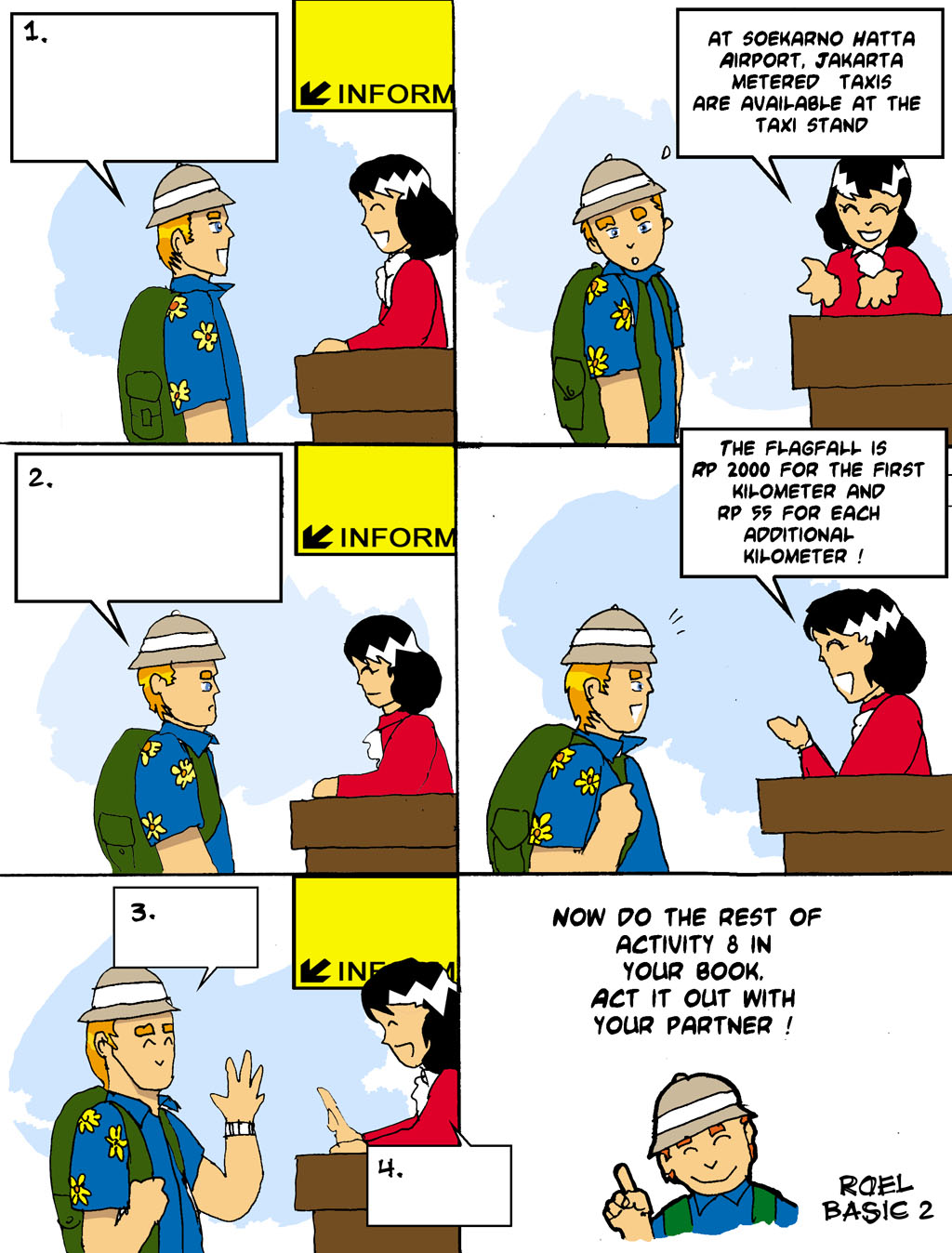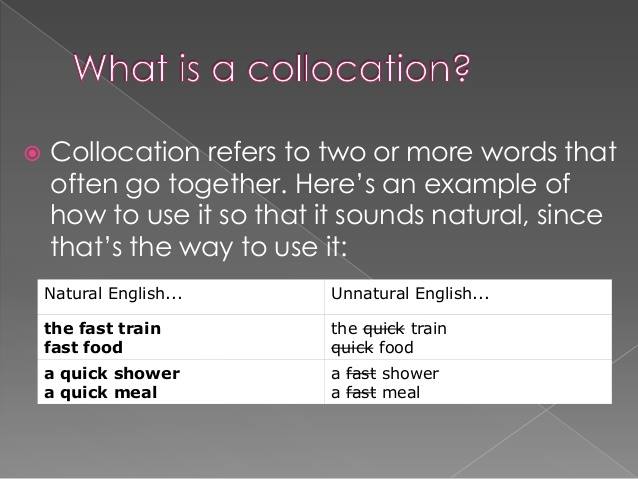One of the reasons non-native speakers have problems understanding and pronouncing English is because of linking sound. Linking is very important in English. If you recognize and use linking, you will understand other people more easily and other people will also understand you more easily.
Linking occurs when a word ends in a vowel and the following word starts with a vowel. When one word ends with a vowel sound and the next word begins with a vowel sound, we link the words with a sort of (small and quick) W or Y sound.
If our lips are round at the end of the first word, we insert a W (ow) sound. Try to pronounce the sentences shown in the picture as natural as possible. Pay attention to the arrow marks which link one word to another.

Linking Sound
“I have noWidea why youWopen the window. It’s soWwindy.”
Watch and listen to Eva Easton. She will teach you how to link the words end with W and Ysound to the vowel sound.
You can also learn how to connect and link the words with Elemental English
Verbs
What is a verb?
1. A Verb says something about a person or thing.
2. Verbs are divided into three different kinds :
a. Transitive Verbs
A Transitive Verb requires an object to complete its meaning.
Examples :
a. The hunter killed a bear.
b. The scholar learned his lesson.
In (a) “bear” is the object of ” killed “.
In (b) “lesson” is the object of ” learned “.
Transitive Verb has two voice : the active and passive voice – we will discuss active and passive voice in a another time.
b. Intransitive Verbs
An Intransitive Verb does not require an object to complete its meaning.
Examples :
(a) He sleeps.
(b) We go.
No object can come after such verbs as “sleep”, “go”, etc.
c. Auxiliary Verbs
An Auxiliary Verb is used to help an other verb.
Examples:
(a) I shall go.
(b) We have come.
In (a) “shall” is an auxiliary verb used to help the verb “go” to form a future time.
In (b) “have” is an auxiliary verb used to help the verb “come” to express a time partly past and partly present.
Note : A verb that is helped by an auxiliary verb is called a Principal verb.
3. Tenses of Verbs
a. Tense denotes the time of an action or its completeness.
b. There are three major tenses :
1. the Present Tense
2. the Past Tense
3. the Future Tense
We will discuss tenses in another time.

















